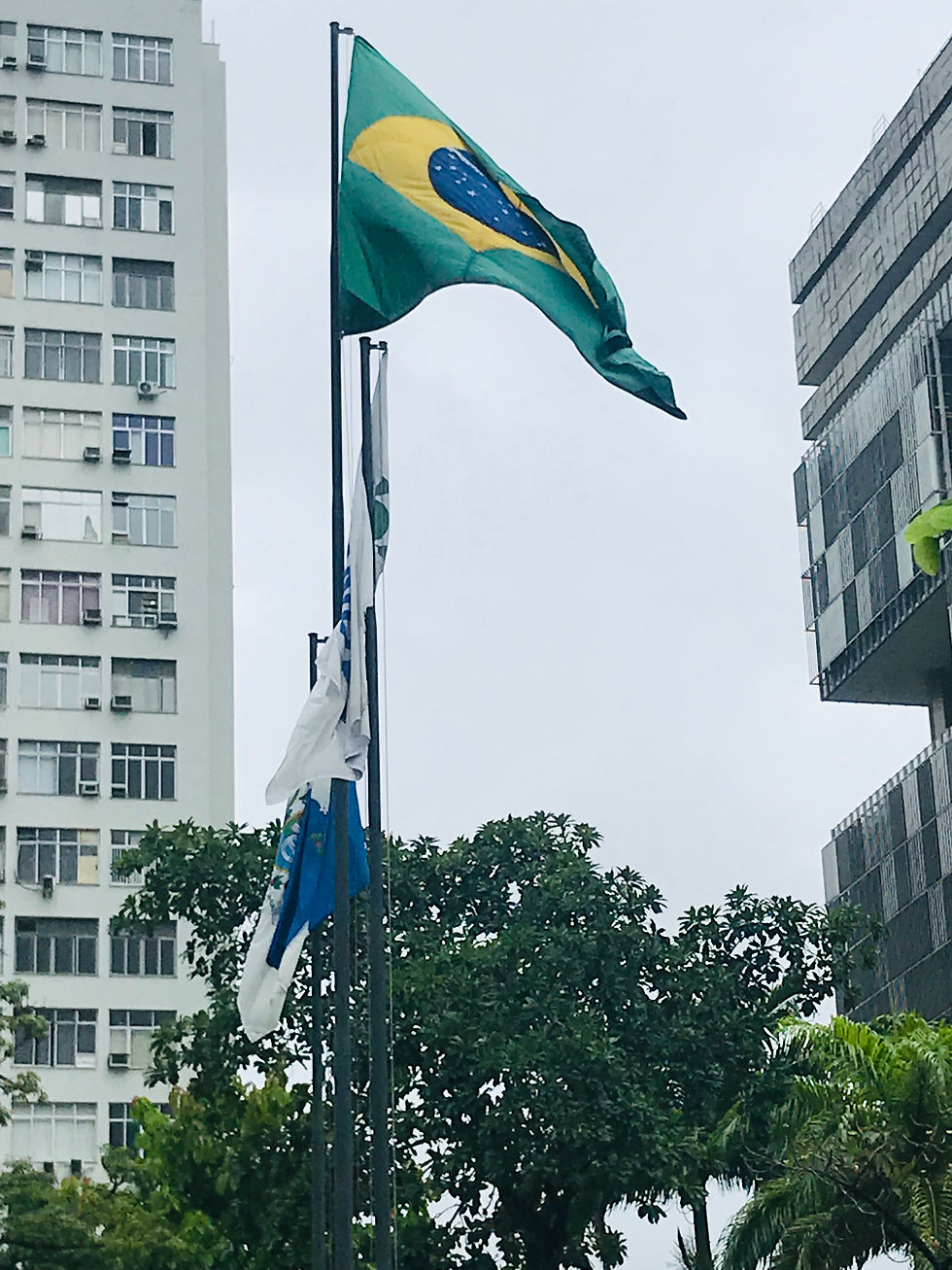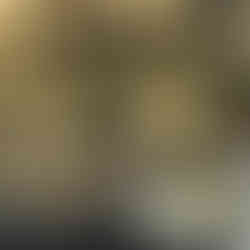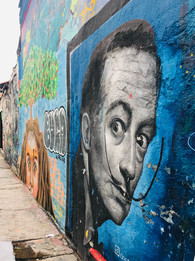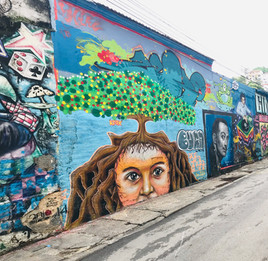Street Wise
- RandE

- Feb 17, 2019
- 3 min read

When Rio is all about the beaches, you have to find things to do on a not-so-sunny day and for us, Free Walker Tours came to the rescue. After getting our one-trip metro tix (not what we intended to buy, but was actually what we needed) we re-emerged at Carioca Square into a misty, damp day.
Historical Clock meeting point. Tick
The red-shirted Free Walker Guide: Tick
An umbrella: Tick
Clara - a lovely, lively guide fluent in 3 languages registered us and off we went.
First impressions of the Carioca area is that it needs some love. The gray day didn’t help, but the surrounding buildings would be pretty gray even under shining sun. One building that stood out from the rest was the brutalist office building that serves as Petrobras headquarters. We thought it was pretty cool looking, only to find out later it landed on the list of the ugliest buildings in the world by Virtualtourist.com. Not sure they are the best authority, but it’s a good tour guide talking point for Clara.
The visuals changed when we started wandering the older streets of downtown Rio and gained some interesting snippets along the way. This was a whole different level of beauty interwoven with a rich history. Here are a few facts on the streets:
The people of Rio de Janeiro are called Cariocas. The reason dates back to colonial days when the Europeans started building their homes in Rio which were quite different than indigenous homes. The locals called them Cariocas which means ‘white peoples’ houses’. Wikipedia has a bit of a different explanation so the truth probably lies somewhere in between, but it gave Clara more stand-up material.
Carmen Miranda grew up in this neighbourhood after emigrating from Portugal as a child
The Portuguese royal family came to live in Brazil for a period of time when King John VI couldn’t decide to build allegiances with France or England. Instead of making the decision, he fled to Brazil and invested quite a lot in infrastructure, arts and education for this new city.
Some local favourite finger foods are coxinha (shredded chicken wrapped in dough and deep fried) and brigadeiro (condensed milk, cocoa powder, butter and chocolate sprinkles). Both are on offer at the beautiful Confeiteria Colombo, or available from street vendors for a fraction of the price.
The original sidewalks are made of Portuguese stone brought over as the ship’s ballast to be be replaced by the gold they were taking out of Brazil. The use of black, white and red stones represent the European, African and Indigenous races that helped shape Brazil, but there are various articles about the shapes depicted throughout the city with no definitive answer to their meaning.
The Escadaria Selaron leads from Lapa (the late-night party hood) up to Santa Teresa (the Bohemian-artist hood). These steps were a labour of love for Chilean-born artist Jorge Selaron as a tribute to the Brazilian people. In the past few weeks, street crime has caused safety issues in the Santa Teresa neighbourhood and we were advised not to take the steps to the end point.

The colours in the Brazilian flag don’t represent the green jungle and the golden sun as some think - they are the Portuguese royal colours. The blue centre is for the ocean.
The words on the flag are ‘order and progress’, which according to Clara, are two things that Brazil doesn’t have. Love was originally supposed to be there as well, but wasn’t included, she also told us. Ironic, as it’s the one thing that is pretty evident on the streets of Brazil.
So a little bit wiser even if a bit wet.































































Comments